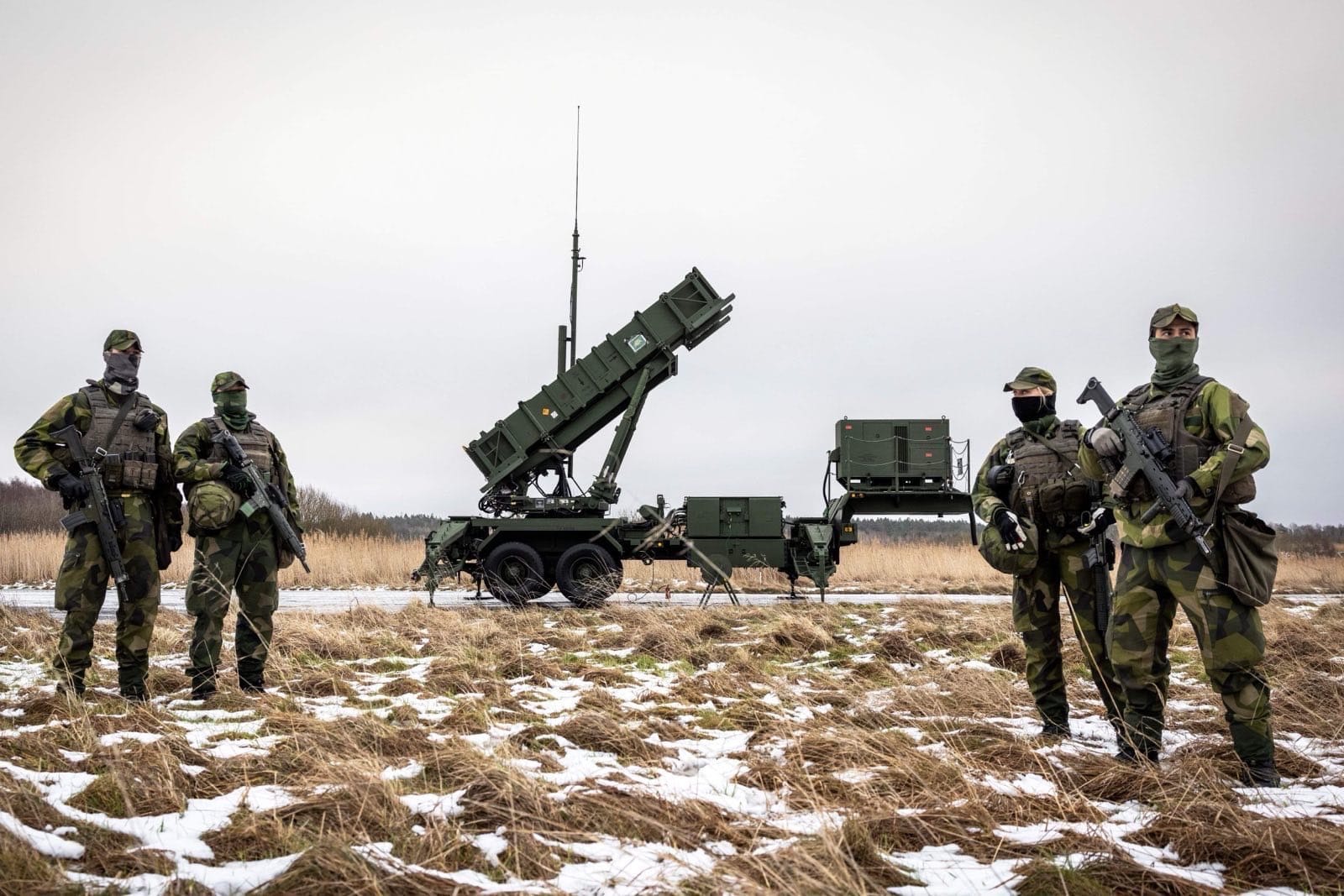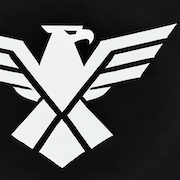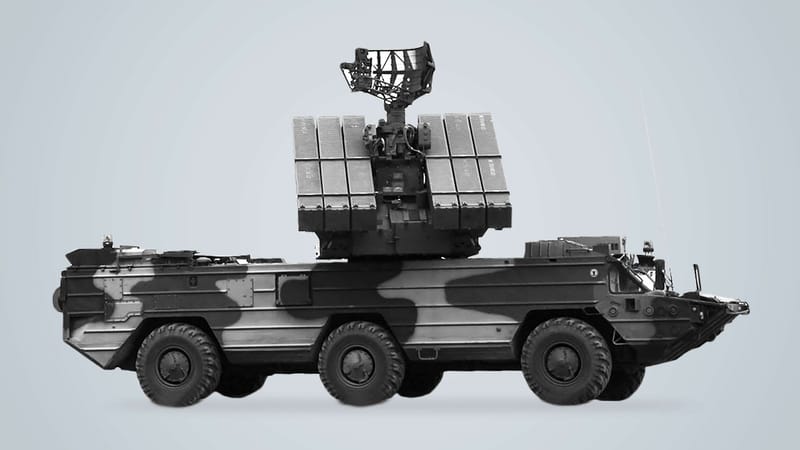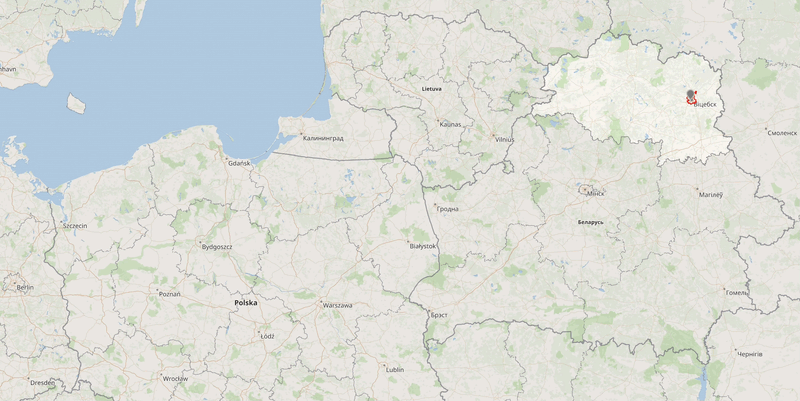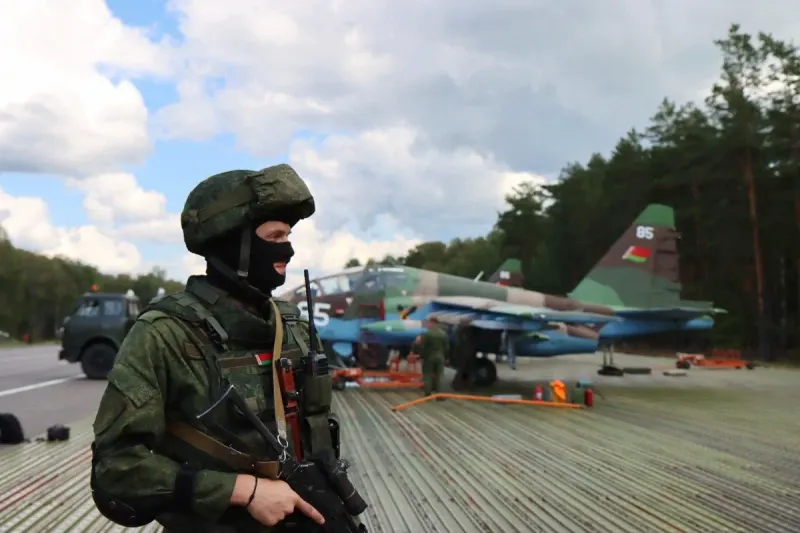Czechia’s 4th Rapid Deployment Brigade inside Germany’s 10th Armoured Division
From Prague to Grafenwöhr: Germany is building a de facto “Army of the Centre” through Framework Nation Concept (FNC) ties (Dutch, Romanian, Czech, Lithuanian units).

From memorandum to mixed brigade
On 15 February 2017, the Czech, German and Romanian defence ministers signed a Framework Nations Concept (FNC) arrangement in Brussels. The deal formally affiliated the Czech 4th Rapid Deployment Brigade (4 RDB) to the German 10th Armoured Division (10. Panzerdivision), mirroring earlier Dutch–German ties and a parallel arrangement with Romania’s 81st Mechanised Brigade. NATO
The affiliation was never a “take-over.” Officers in Žatec remain under Czech national command; what changed was who plans, trains and deploys with them day-to-day. Regular staff exchanges, the COMMON TENACITY exercise series (first run in 2018), and German participation in Czech‐led eFP activities in Slovakia have deepened the relationship each year. mo.gov.cz
4th Rapid Deployment Brigade is among those units of Czech Armed Forces that are the core of Czech contribution to operations abroad. Its troops got involved in missions in the Middle East, Balkans and in Africa led either by United Nations, NATO or EU. Credits: mo.gov.cz
Why Prague opted in
- Strategic depth & logistics. Berlin supplies a division-level backbone—signal, artillery, medical and heavy transport—that Prague could not fund alone.
- Modernisation shortcut. As Prague moves toward Leopard 2A8 tanks and new 8×8 IFVs, German standards offer an easy interoperability benchmark.
- Political signalling. Tight coupling with a Framework Nation reassures allies that Czech forces will arrive on-time and fully plugged-in if Article 5 is triggered.
The Czech Army needs 7,500 more troops to grow beyond its light-expeditionary force, Chief of the General Staff Gen. Karel Řehka said in March 2025.
He made the call during Prime Minister Petr Fiala’s visit to the 4th Rapid Deployment Brigade in Žatec, marking 26 years since Czechia joined NATO. Řehka stressed that German logistics and training are vital to Prague’s expansion plans. Radio Prague
What Berlin gains
- Mass without mandate fights. Germany can bulk up divisional orders of battle without the political headwinds (and budget lines) of raising new brigades at home.
- Credibility for the FNC. The Dutch and Romanians are often cited, but the Czech brigade is the first combat-experienced, expeditionary unit to integrate at this depth.
- Central-European posture. A Czech‐flagged brigade already stationed east of the Elbe shortens mobilisation times for any contingency along NATO’s new eastern front.
Operational implications
| Domain | Upside | Friction points |
|---|---|---|
| Command & Control | Shared divisional SOPs and German digital BMS roll-out improve tempo. | Czech legal requirement for parliamentary approval of each deployment still applies, adding an extra political gate. |
| Training | German combat training centres (CTC) give Czech battalions access to large-scale manoeuvre areas and OPFOR units. | Language remains an issue below company level; the “common English, commands in German/Czech” compromise is a work-in-progress. |
| Logistics & Sustainment | Common Leopard platforms and overlapping IFV logistics (Pandur, CV90, Puma fleets) mean shared spares and ammunition pipelines. | Differing national procurement cycles can freeze multiyear sustainment budgets. |
Broader NATO signal
The 4 RDB-10 PD link is not an isolated Czech–German quirk. It sits beside:
- Netherlands – three brigades integrated into German divisions since 2016.
- Romania – 9th Mechanised Brigade tied to the Bundeswehr’s Rapid Response Forces Division.
- Lithuania (2025) – standing up Panzer Brigade 45 under 10 PD for the new German permanent brigade in Rūdninkai.
Taken together, Germany is slowly stitching a multinational “Army of the Centre”. For NATO planners wrestling with Russian anti-access strategy and the Suwałki corridor, that is operational gold: a pre-integrated divisional structure that can move east on day 1, not day 90.
Framework Nations Concept credibility
While the Dutch and Romanian integrations are often cited as flagship examples of the FNC in action, the Czech affiliation brings a different weight: 4 RDB is a combat-experienced, expeditionary brigade with operational deployments across multiple theatres. Its integration moves the FNC beyond symbolic force listings toward a genuinely deployable multinational formation — a critical difference as NATO shifts focus from reassurance to deterrence-by-denial.
What could still derail the project?
- Budget asymmetry. German defence spending is now close to 2 % GDP; Prague is hovering at ~1.7 %. A downturn in Czech growth could stall co-procurement of heavy kit and choke training days.
- Domestic politics. A future Czech government sceptical of “losing sovereignty” could water down the affiliation—especially if Berlin pushes for standing deployments abroad.
- Doctrine drift. Germany’s pivot to heavy-armour manoeuvre after Ukraine may pull the division toward high-end combined-arms battles, while Czech elites still prize expeditionary light infantry.
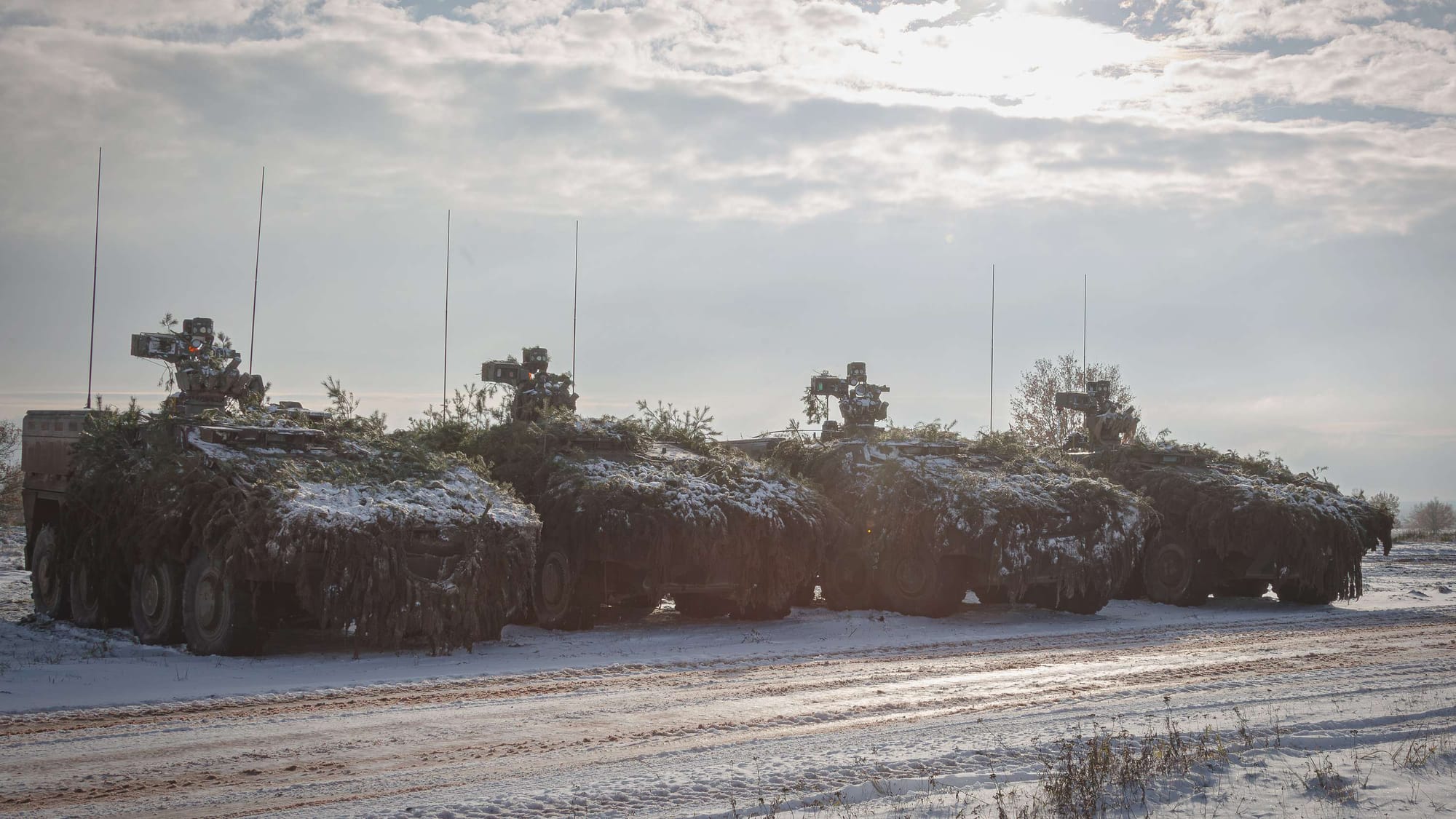
Outlook to 2030
- Short term (2025-27): Expect the brigade to field - or at least train on - Leopard 2A8s financed via Berlin’s ring-swap programme for Ukraine, and to join 10 PD in Griffin Storm 26—the next major DEU-CZE-ROU divisional exercise in Grafenwöhr.
- Medium term (2028-30): If the EU’s Strategic Compass gains traction, the Czech-German model may be the template for a permanent EU land‐corps, giving Prague dual-use value for every koruna it spends.
- Wildcard: A US draw-down from Europe would place even more weight on Germany’s framework divisions, accelerating pressure to make the Czech integration irreversible.
Bottom line
The 4th Rapid Deployment Brigade’s quiet embed with Germany’s 10th Panzer Division is less about bolt-on manpower and more about a rehearsal for a future NATO that fights as multinational formations from the first shot. If it succeeds, Central Europe gains a ready-made, high-readiness spearhead. If it fails, it will confirm that political, not technical, seams remain the Alliance’s soft underbelly.
Grosswald.org invites further discussion—especially from Czech and German officers who have lived this experiment from the inside. Reach out to our editorial team via editorial@desk.grosswald.org if you’d like to contribute a follow-up.
